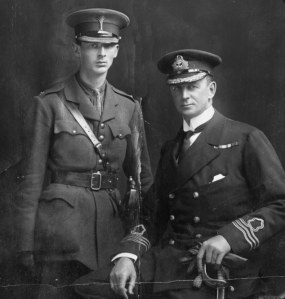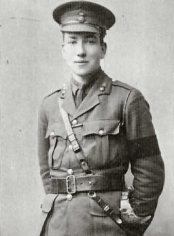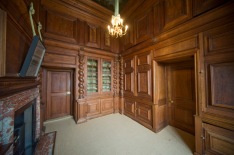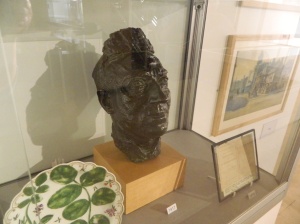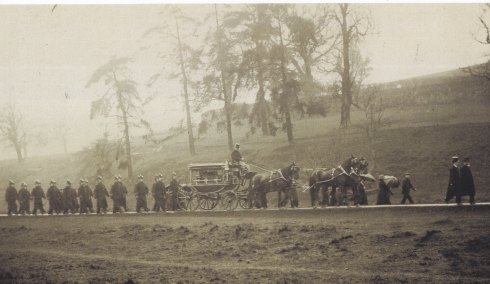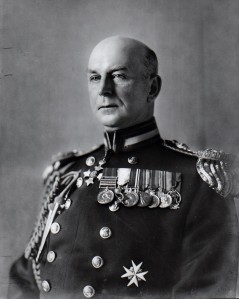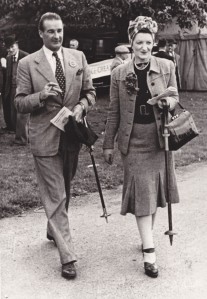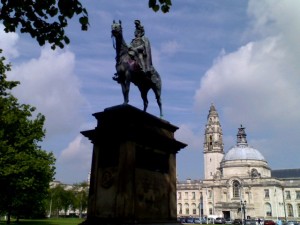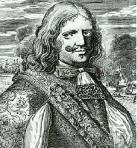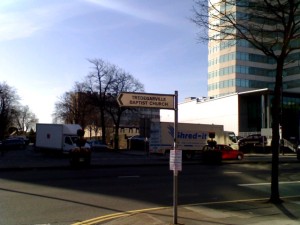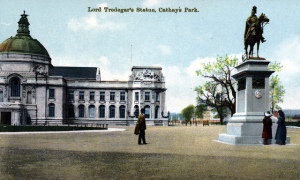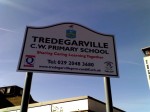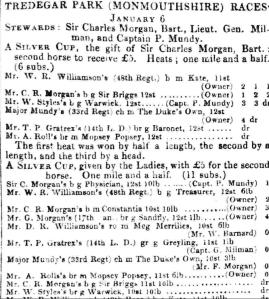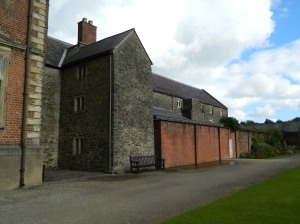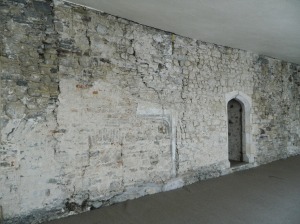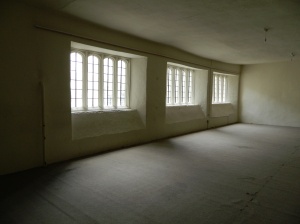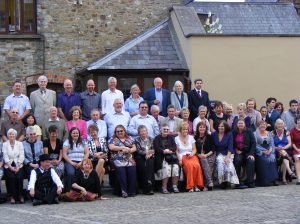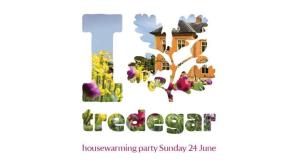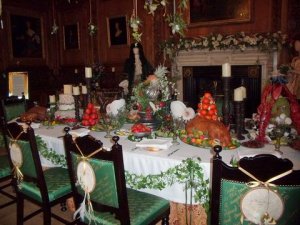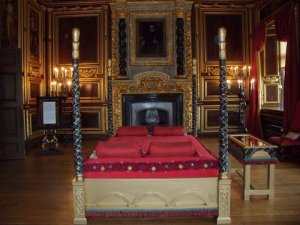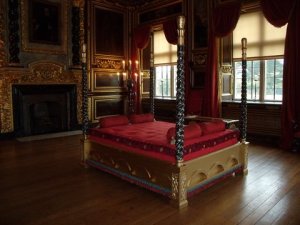Earlier this year I was invited to give a talk to the Friends of Tredegar House and decided to look at the Tredegar Estate during the First World War. As is often the case when researching the Morgan family’s ancestral home, I was distracted by the activities of Evan Morgan. The following consists of just a few random elements in the story of Evan’s war.
In 1913, Godfrey Morgan, first Viscount and second Baron Tredegar died with no offspring. His nephew Courtenay Morgan inherited the entire estate. Courtenay, his wife Katharine and their two children; Evan Frederic and Gwyneth Ericka were something of a colourful family.
Courtenay took to messing about in boats when he bought himself a large ocean going steam yacht called the Liberty. The Liberty was certainly providing Lord Tredegar with much welcome distraction. When the new lock for the Alexandra Docks was opened in July, the ceremony was conducted on the Liberty by Prince Arthur of Connaught. Even Evan was on board for the occasion. A few weeks later the Liberty would be handed over to the Admiralty.
Britain declared war on Germany on the 4th of August. Courtenay offered his yacht to the Admiralty and paid for it to be fitted out as a hospital ship and provided a crew. The new Lord Tredegar’s son and heir took a little longer to burst into action. Evan Morgan joined the newly formed Welsh Guards as a Second Lieutenant in June 1915. This was most likely to have been his father’s idea than his own.
Evan’s army career became very unconventional and he spent more and more of it on sick leave. This allowed him more time for his art and poetry. Even after leaving Oxford he was often to be found there and was an occasional guest of the Morrells at Garsington Manor. He was very keen to be part of the literati of the day whether with the Bloomsbury Group, or the Café Royal set.
Evan always looked ill. He had asthma and other complaints. In February 1916 he had pleurisy, a few months later he was operated on for an abscess in his ear and the following summer had damaged the cartilage in his knee. Evan began to receive a series of odd postings and attachments. These included being a King’s messenger (Carrying diplomatic papers to Embassies), finding himself on the staff of disgraced French General Robert Nivelle in North Africa and then back to convalesce in Oxford after some malady.
This would be the chance for another opportunity to get an invite to Garsington Manor and a chance to rub shoulders with the in-crowd. It was probably on one such trip that he met with Robert Graves who had been hospitalised after being wounded in France. They had been canoeing together and the meeting would prove to be a very useful one to Graves some months later.
Robert Graves and fellow poet Siegfied Sassoon were both serving officers in the Royal Welch Fusiliers. Sassoon had been decorated for bravery, but was becoming increasingly disillusioned. He too was a visitor to Garsington and it may well have been on the trips that he was persuaded to write an open letter which was widely distributed and appeared in the press, condemning the war and announcing his refusal to take further part in it. Graves knew this would mean Court Martial and at least prison which he doubted Sassoon would survive. Therefore he got in touch with Evan to see if he could use his Cabinet contacts for Sassoon to be deemed medically unfit instead. Evan succeeded.
At the beginning of 1917 Evan was in Whitehall, working for William Bridgeman in the Ministry of Labour in Lloyd George’s coalition Government. He was also doing his best to ingratiate himself with Lloyd George and had an idea that he could be the War Cabinet’s adviser on literature. He had also begun to form a relationship with Lloyd George’s personal secretary( and mistress), Frances Stevenson. Frances was already friendly with Lady Tredegar and had been a visitor at the newly acquired Honeywood House. Evan latched on too and there are hints of a possible relationship at one point.
Evan’s sister, Gwyneth had entered the war briefly too. The creation of the Wrens attracted her as a modern woman. And she signed up to be an Admiralty driver on the 16th of September 1918. She went on sick leave on the 28th and was discharged as medically unfit on the 6th of November. Five days later the War was over.
Evan resigned his commission and left the Welsh Guards (did anyone notice?) However, Herbert Creedy (Assistant to Secretary of the War Office) requested that Evan be kept in Paris for the Peace conference. Here he tried to gain favour with Frances Stevenson again, but instead became something of an embarrassment. However, before we dismiss Evan as some cowardly upper class idiot, it is worth remembering that some of the roles he performed required some amount of responsibility and discretion.
Evan’s First World War was unconventional and somewhat bizarre; his involvement in the Second World War seems to have been a rather odd affair too. However, I will leave that to others who have researched much more deeply than I have.
